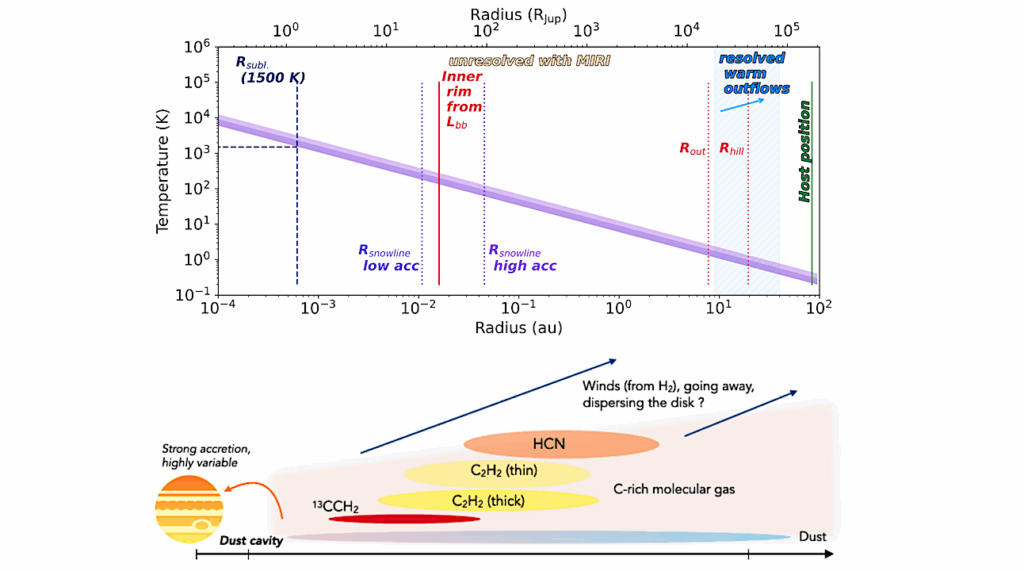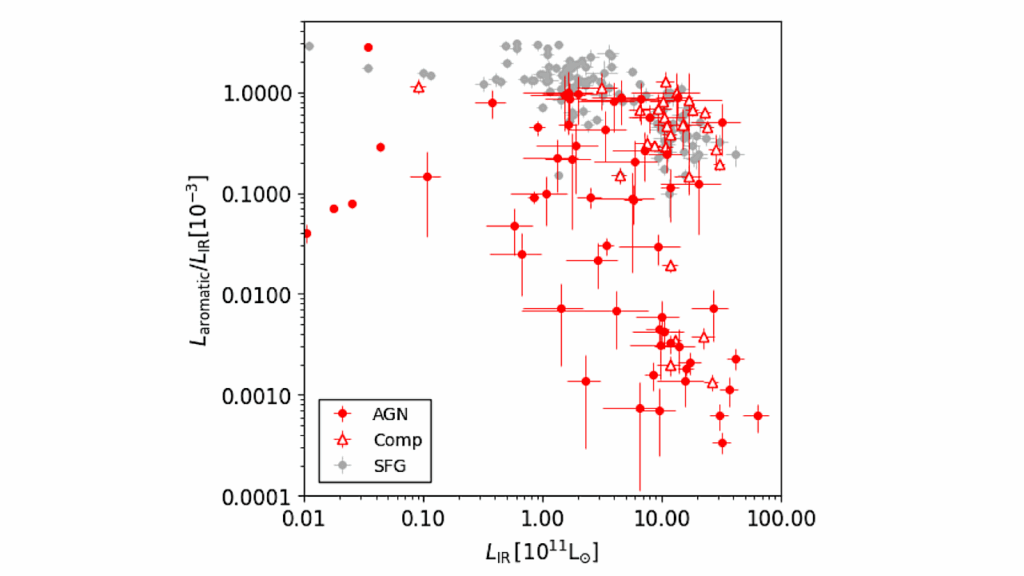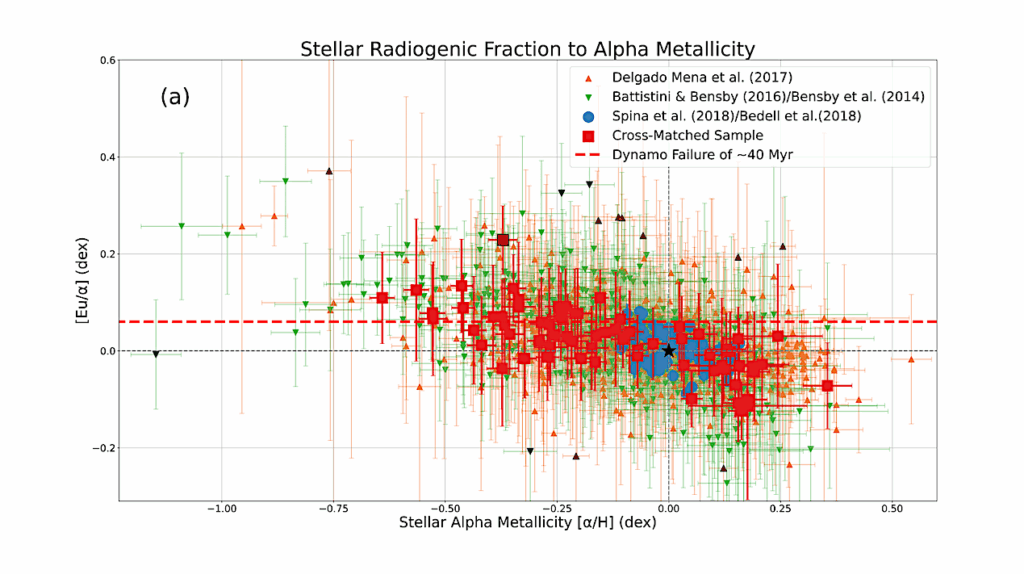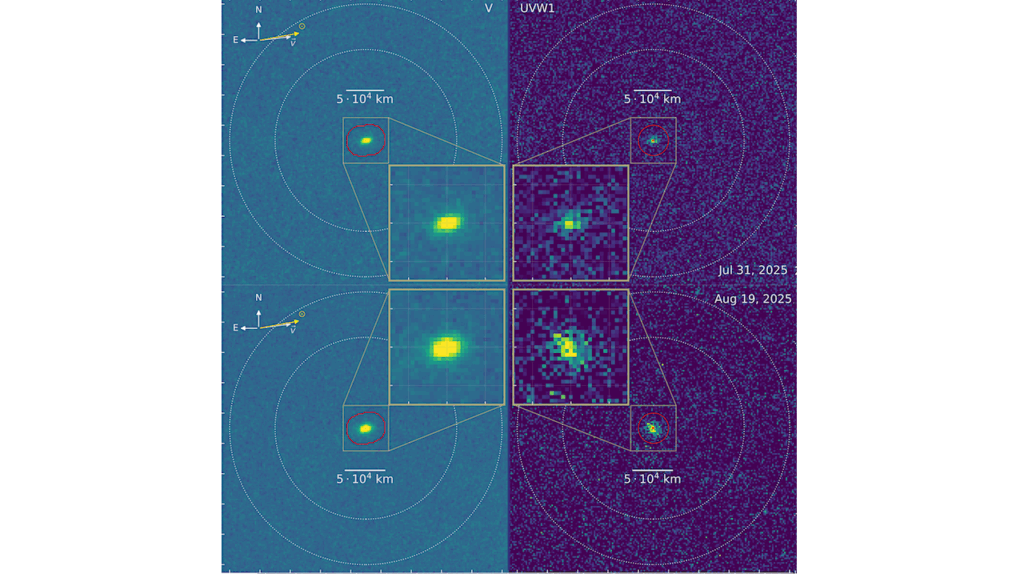Stability of Nitrogen in Planetary Atmospheres in Contact with Liquid Water

Effective deposition velocities in the converged atmosphere-ocean chemistry solutions. Solid lines are from the Sun-like star cases, and dashed lines are from the GJ 876 cases. The effective deposition velocities are self-consistently calculated, and are different from case to case.
Molecular nitrogen is the most commonly assumed background gas that supports habitability on rocky planets. Despite its chemical inertness, nitrogen molecule is broken by lightning, hot volcanic vents, and bolide impacts, and can be converted into soluble nitrogen compounds and then sequestered in the ocean.
The very stability of nitrogen, and that of nitrogen-based habitability, is thus called into question. Here we determine the lifetime of molecular nitrogen vis-a-vis aqueous sequestration, by developing a novel model that couples atmospheric photochemistry and oceanic chemistry.
We find that HNO, the dominant nitrogen compounds produced in anoxic atmospheres, is converted to N2O in the ocean, rather than oxidized to nitrites or nitrates as previously assumed. This N2O is then released back into the atmosphere and quickly converted to N2. We also find that the deposition rate of NO is severely limited by the kinetics of the aqueous-phase reaction that converts NO to nitrites in the ocean.
Putting these insights together, we conclude that the atmosphere must produce nitrogen species at least as oxidized as NO2 and HNO2 to enable aqueous sequestration. The lifetime of molecular nitrogen in anoxic atmospheres is determined to be >1 billion years on temperate planets of both Sun-like and M dwarf stars. This result upholds the validity of molecular nitrogen as a universal background gas on rocky planets.
Renyu Hu, Hector Delgado Diaz
(Submitted on 9 Oct 2019)
Comments: ApJ accepted
Subjects: Earth and Planetary Astrophysics (astro-ph.EP)
Cite as: arXiv:1910.04111 [astro-ph.EP] (or arXiv:1910.04111v1 [astro-ph.EP] for this version)
Submission history
From: Renyu Hu
[v1] Wed, 9 Oct 2019 16:46:00 UTC (3,711 KB)
https://arxiv.org/abs/1910.04111
Astrobiology, Astrochemistry








